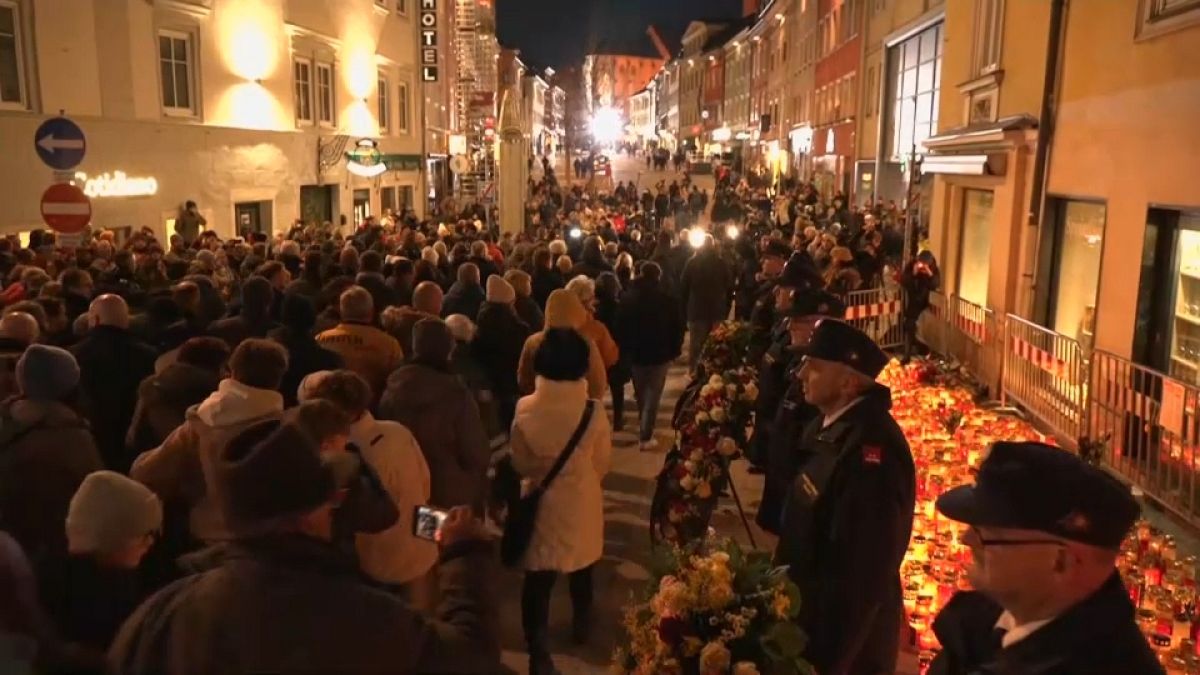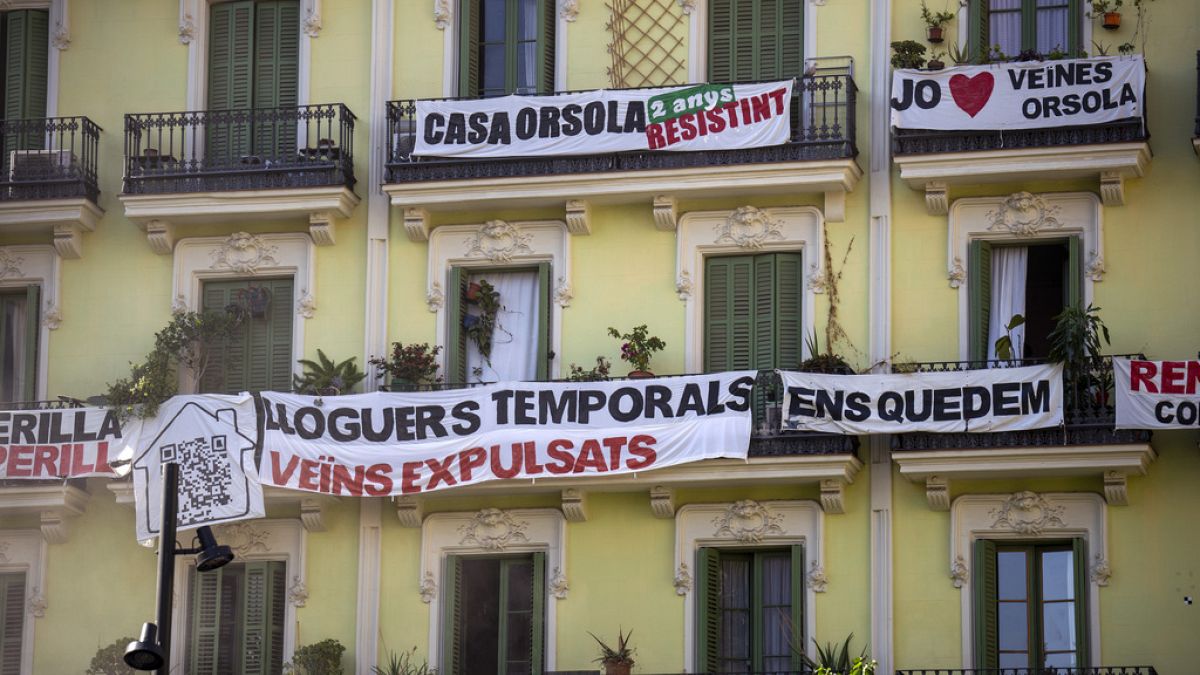No Tubman, No Rainbows: Defense Schools Prepared for Hegseth’s Wife

Harriet Tubman posters, origami paper cranes and rainbows have been disappearing from the halls of the American schools at NATO headquarters in Belgium, a response to the Trump administration’s rollbacks of diversity, equity and inclusion programs.
Teachers were worried that they would be seen as signs of Black, Japanese and gay culture — and thus run afoul of the new rules from Washington.
But the rush to comply with the administration’s directives intensified this week, after educators learned that the wife of Secretary of Defense Pete Hegseth planned to visit their campus on Thursday, according to four people involved in the preparations for her visit, who all asked to remain anonymous out of fear of retribution, including job loss.
While her husband met with NATO leaders, Jennifer Rauchet Hegseth was originally scheduled to visit several schools across the campus, which is part of the Department of Defense’s education system and teaches students who are largely from U.S. military and NATO families. She ultimately trimmed down that schedule, visiting just the elementary school and a nearby Canadian school.
But the mere expectation of her visit was enough to send educators scrambling to implement directives, according to the four people involved in the preparations — an example of how the flurry of decisions emanating from President Trump’s Washington is sending ripples around the defense department’s education system, and the world.
Changes had already been made in schools across the department’s system. A Feb. 7 email sent by the department to instructors at its schools and seen by The New York Times put a halt to “cultural observances,” instructed teachers to drop pronouns from their email signatures, and offered a broad overview of which books to remove from classrooms.
Over the past two weeks, the system has been vetting its instructional materials and libraries to comply with President Trump’s recent executive orders focused on stamping out diversity, equity and inclusion initiatives from schools, federal programs and the military.
In the NATO schools preparing for Mrs. Hegseth, in the town of Mons, Belgium, Black history month materials were scrapped. Art displays with even vague references to rainbows — a symbol of gay pride — were removed. A cart at the middle school library held books related to sexual identity and gender issues — including titles like “Allies” and “Gracefully Grayson” — that were pulled from the shelves, based on a photo circulating among teachers and viewed by The New York Times.
But even as they swept classrooms and hallways to remove anything that might draw attention, there has been something administrators could not control: Faculty, parents and teachers who disagree with the government rules.
At a Defense Department middle school in Stuttgart, Germany, students walked out in protest when the Hegseths visited earlier in the week, Jessica Tackaberry, the communications director for the department’s education system in Europe, confirmed.
Three of the people involved in the preparations for Mrs. Hegseth’s subsequent visit to Mons pointed to a possible reason that her schedule changed so that she visited only the elementary school: She would be seeing only younger children, and stopping in at only a few classrooms.
When asked why Mrs. Hegseth changed her schedule, Ms. Tackaberry said the decision to visit just the one school instead of several came “due to limited time,” and was meant to allow Mrs. Hegseth to interact more meaningfully with the children.
The schedule adjustment did not stem protest. A few dozen older students and parents gathered in a courtyard in the middle of the Mons campus on Thursday, a person who was there said, and a photo reviewed by The New York Times showed, in a demonstration of unhappiness with the recent measures.
Asked about protests at the schools, a U.S. official who spoke on condition of anonymity to discuss aspects of Mr. Hegseth’s trip said in an email that students may feel strongly about certain policies, and that the system respects their right to express themselves respectfully and in accordance with school guidelines.
The official noted that Mr. Hegseth’s wife is not involved in shaping policies.
Mr. Hegseth made waves in Europe this week when, speaking at NATO headquarters in Brussels on Wednesday, he said that Mr. Trump expected Europe to bear more financial and military responsibility for Ukraine’s defense in the war with Russia, and that a return to Ukraine’s pre-2014 borders was “an unrealistic objective.” He also suggested that Ukraine joining NATO was not a realistic outcome of a peace deal.
On Thursday, Mr. Hegseth took part in a meeting of NATO defense ministers in Brussels.
On the Mons campus, educators have been trying to figure out how to comply with Mr. Trump’s directives given that the schools had such a diverse and highly international student body, the people involved with Mrs. Hegseth’s visit said.
Librarians have been trying to figure out which books need to be removed from the shelves, mostly based on vague directives instructing them to remove materials that relate to gender identity or, as administrators put it, “discriminatory equity ideology topics.”
And teachers have been taking down their Black history month displays and nixing plans for women’s history month, after a Jan. 31 email from the acting under secretary for defense that said such celebrations “divide the force.”
The email, reviewed by The New York Times, said the celebrations “put one group ahead of another — erode camaraderie and threaten mission execution.”
World News || Latest News || U.S. News
Source link



